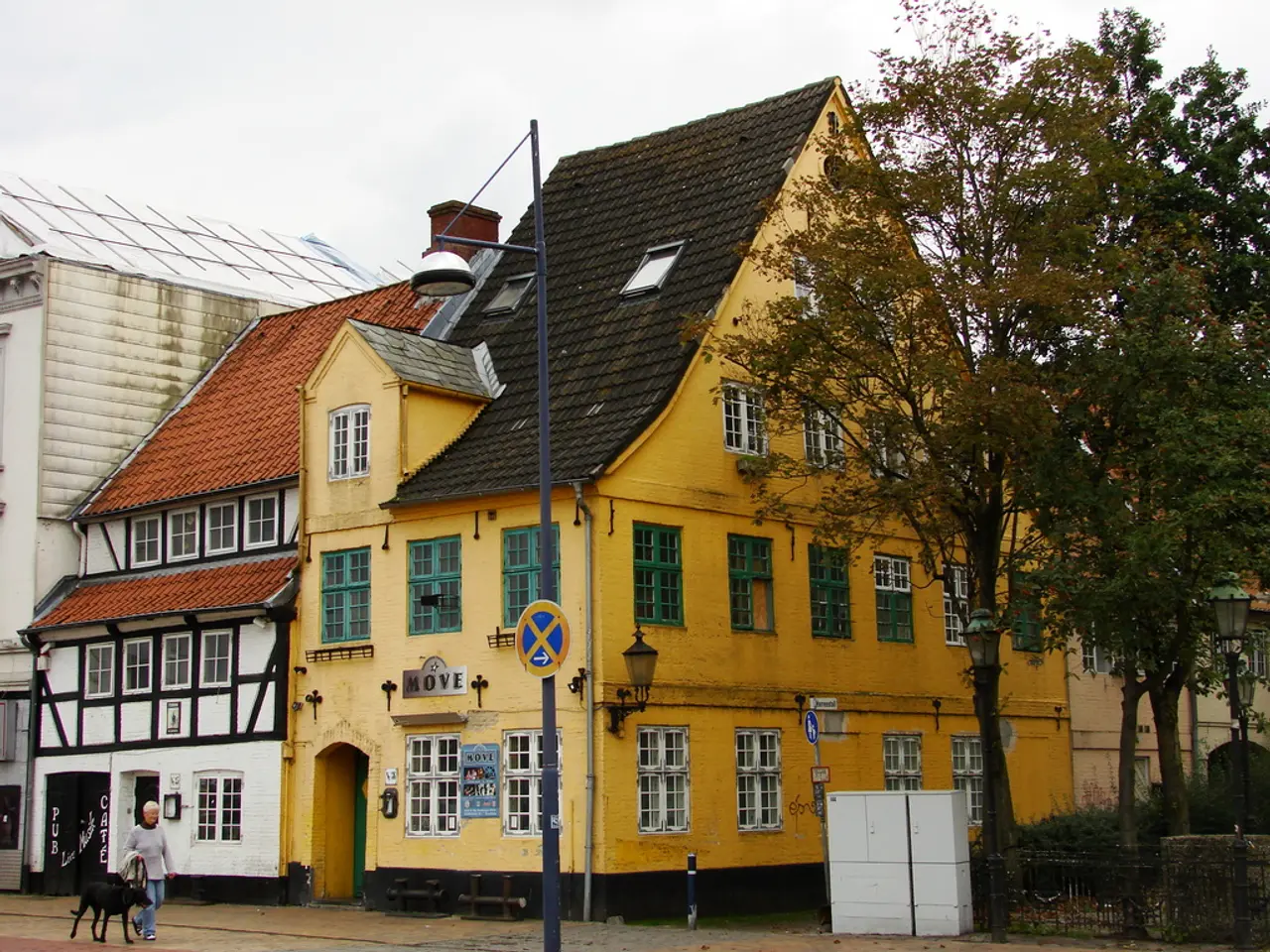Techniques for Refreshing Your Kitchen Cabinets with Paint
Transforming your kitchen into a fresh and modern space doesn't have to break the bank. With a bit of patience and the right tools, you can give your kitchen cabinets a new lease of life. Here's a step-by-step guide to painting kitchen cabinets for a budget facelift.
Supplies Needed
- Paint (cabinet-grade or semi-gloss acrylic latex paint recommended)
- Primer (stain-blocking bonding primer)
- Paint brushes (angled sash brushes or specialty cabinet brushes)
- Foam rollers (high-density, microfiber covers)
- Sandpaper (120- to 220-grit)
- Cleaning solution (trisodium phosphate or degreaser)
- Painter’s tape
- Screwdriver (to remove hardware)
- Drop cloths or plastic sheeting
- Putty knife and wood filler (to repair holes/dents)
- Paint tray and disposable liners
- Safety gear (mask, gloves)
Step 1: Remove Hardware and Doors
Begin by removing all cabinet hardware such as knobs and pulls. Taking cabinet doors off hinges if possible will make the painting process easier and result in a better finish. Label doors and their corresponding locations for easier reinstallation.
Step 2: Clean Cabinets Thoroughly
Clean the cabinet surfaces with trisodium phosphate or a degreaser to remove grease, dirt, and grime completely. Rinse well with water and let dry fully. Skipping this step can lead to poor paint adhesion.
Step 3: Repair Imperfections
Use wood filler to fill holes, dents, or scratches. Once dried, sand smooth with 120- to 220-grit sandpaper to create an even surface.
Step 4: Sand the Surfaces
Lightly sand all cabinet surfaces, including doors, drawer fronts, and frames. Sanding roughens the finish, helping primer and paint to adhere better. Wipe off sanding dust with a tack cloth or damp rag.
Step 5: Apply Primer
Use a high-quality bonding primer suited for cabinets. Apply primer evenly with a brush for edges and detailed areas, and foam roller for flat surfaces. Primer creates a smooth surface and improves paint adhesion. Allow primer to dry completely as per manufacturer instructions.
Step 6: Sand Between Coats
Lightly sand the primed surfaces to remove any brush strokes or roughness. Clean dust off before painting.
Step 7: Paint the Cabinets
Apply paint using an angled sash brush to get into all corners and detailed trim. Use a foam roller with microfiber cover on flat surfaces for a smooth finish. Apply multiple thin coats rather than one thick coat to avoid drips and brush marks. Allow proper drying time between coats per paint instructions.
Step 8: Reassemble Cabinets
After the final coat is completely dry, reattach cabinet doors and hardware. Inspect and touch up if necessary.
This step-by-step process is based on best practices to achieve a smooth, professional-looking kitchen cabinet paint job, including recommended tools, cleaning, sanding, priming, and painting techniques to ensure durability and finish quality. With this guide, you'll be able to transform your kitchen cabinets and give your kitchen a fresh, modern look on a budget. Happy painting!
- By following this detailed guide, you can enhance your 'home-and-garden' lifestyle by revitalizing your kitchen with a budget-friendly facelift, using paint to make your kitchen cabinets more vibrant and modern.
- To complete the transformation of your kitchen, consider adopting a complementary 'lifestyle' approach, such as consciously choosing energy-efficient appliances and eco-friendly materials, promoting a sustainable and stylish living space.




